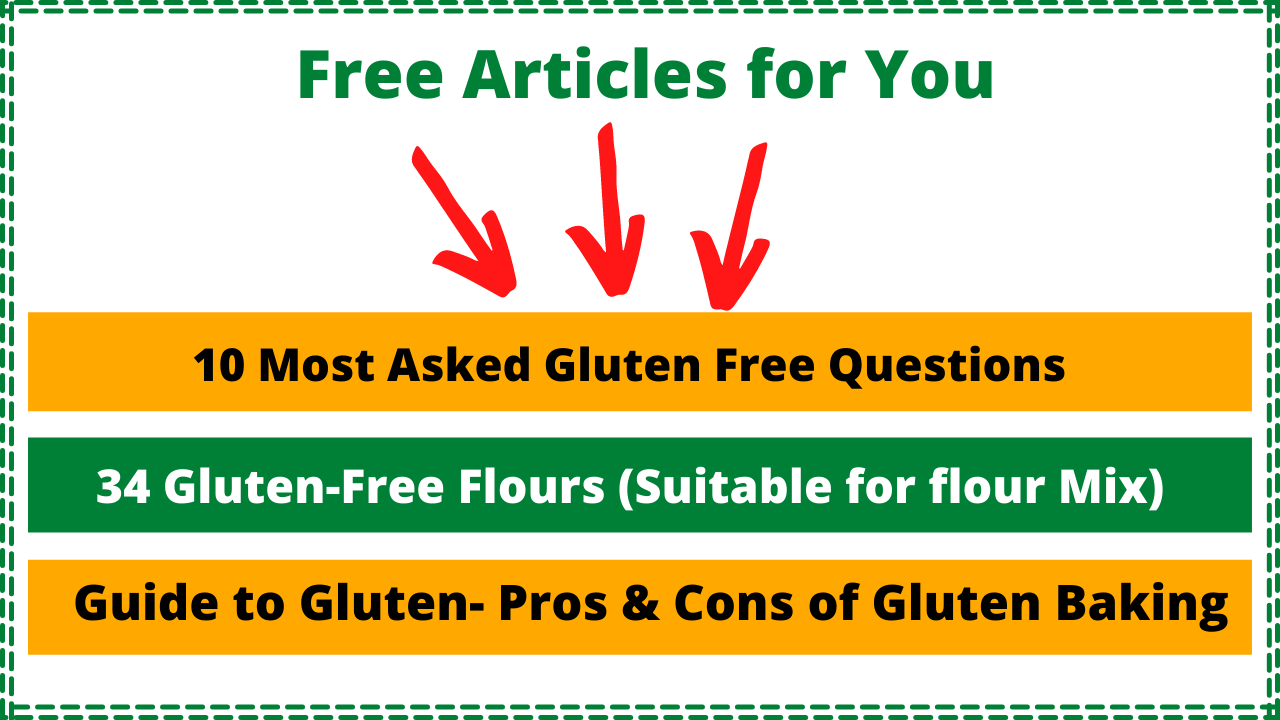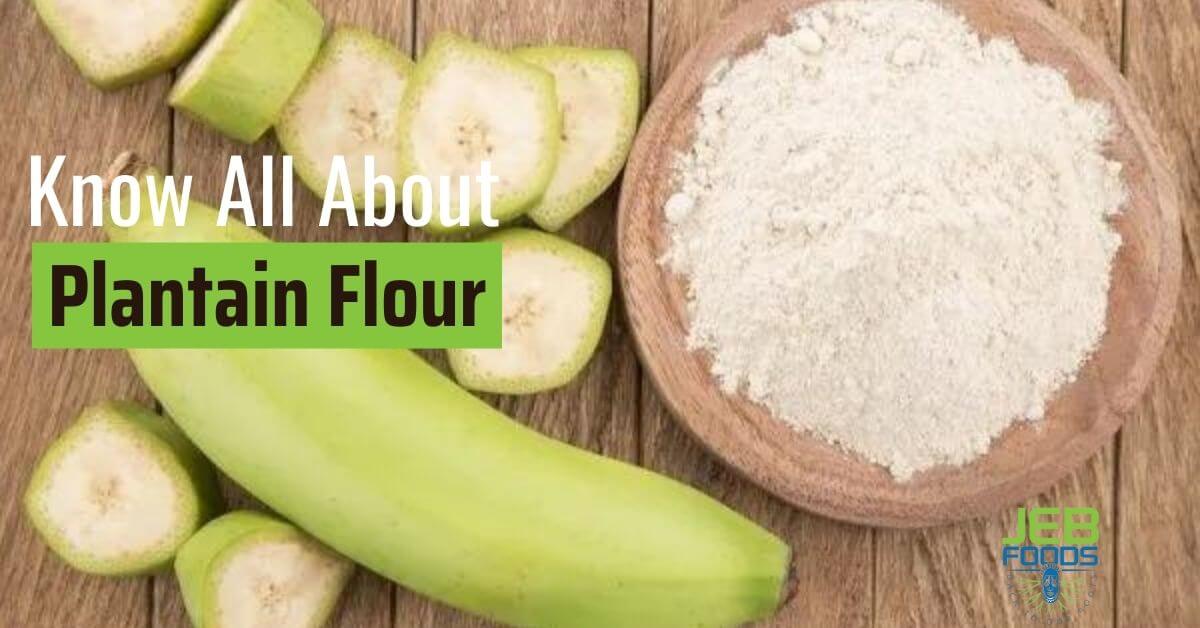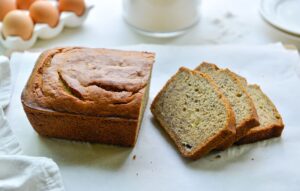If you have a question, can I Eat Cassava Flour On A Candida Diet? The answer is An affirmative!
Don’t be confused by the carbohydrate content because all of it in Cassava flour is resistant starch (dietary fiber). All its breakdown occurs in the colon, supporting the T cells in promoting a healthy gut.
Also, by the end of this article, I will make an easy recipe for a Candida diet.
Let me explain a little more about the candida diet, just so that we are on the same page.
See Cassava flour vs Wheat Flour to see competition

What is Candida
Table of Contents
ToggleThe candida diet is a conservative diet that forbids the use of sugar, gluten, alcohol, and some dairy products. Proponents of the Candida diet claim that these items encourage candida overgrowth.
More than 150 candida species have been identified as residing in various regions of your body. These organisms help in digestion and nutritional absorption from meals.
High-sugar meals, additives, processed foods, certain meats, fats, and oils, as well as caffeinated and alcoholic beverages, are all discouraged on the Candida diet.
The diet includes non-starchy vegetables, low-sugar fruits, non-glutenous grains, milk and milk products, and fermented foods.
Candida exists harmlessly in mucus membranes such as your ears, eyes, gastrointestinal tract, mouth, nose, reproductive organs, sinuses, skin, stool, and vagina in healthy individuals.
What is a Candida Cleanse
The Candida diet is very low in simple carbohydrates and sugar, an anti-inflammatory diet that helps improve gut health and minimizes Candida’s sugars.
Before embarking on the candida diet, proponents recommend performing a candida cleanse. This is a short-term diet that proponents claim will relieve stress on your digestive tract and help your body eliminate toxins.
While no research having been conducted to demonstrate the advantages of a candida detox, it may help you get into the mindset for the candida diet.
There are several ways to cleanse, but two of the most prevalent are:
Only consuming fluids, such as lemon water or bone broth.
Throughout the day, eat mostly vegetables, such as salads and steamed vegetables, with a modest quantity of protein.
Some people may suffer unpleasant symptoms such as tiredness, headaches, mood fluctuations, or changes in sleep habits after beginning a cleanse.
Remember that the candida cleansing should only last a few days.
Following the completion of the cleanse, you can begin following the candida diet’s meal instructions.
The candida diet does not have a set timeframe. Proponents of the diet claim that some can feel better in a couple of weeks, while others may need to wait months to see results.
When embarking on the candida diet, it is essential to consult with a healthcare practitioner to ensure appropriate nutritional consumption.
Infection Symptoms That Might Occur
- Yeast infections
- Nausea
- Bloating, constipation, or diarrhea.
- Chronic exhaustion
- Eczema and rashes.
- Urinary tract infections that reoccur
- Irritability as well as mood fluctuations
- Depression or anxiety
- Joint discomfort
Candida Diet, Cassava Flour, And Its Importance To Your Gut
The microbes in the intestine train the human immune system and keep pathogens in the digestive tract at bay; this works best when many different intestinal bacteria frolic in the intestine.
In a healthy intestine, this can be up to 1000 different types of bacteria.
A weakened intestine weakens the immune system and vice versa, and a weak immune system can also cause digestive problems.
See the most asked questions about cassava Flour.
Among others, below are a few tips that concern your digestive organs improving your gut health:
Diet high in fiber
Dietary fiber is an important source of nutrition for the valuable microorganisms in our intestines and thus maintains a favorable bacterial balance.
The dietary fiber swells in the intestines and increases the stool volume, reducing the stool time in the intestine.
Foods that are particularly rich in fiber for people who are gluten sensitive and on a restrictive diet are cassava flour products, coconut flour, potato flour, psyllium, and fresh fruit and vegetables.
Everyone should consume 25 grams of fiber per day. With a diet rich in fiber, more pollutants are excreted.
Eating healthy protects the intestines. While this is not a panacea for chronic bowel disease, it often relieves symptoms and prevents new flare-ups.
Drink abundantly and excrete pollutants
Water and unsweetened tea are great for drinking enough during the day. Still, water is more suitable for water because it puts less strain on the intestines than carbonated water.
Two to three liters per day are ideal. Then dissolved pollutants are also transported out of the body more easily and faster.

What Are Some Causes Of Excessive Yeast Growth In The Gut
Normally, your body’s healthy bacteria keep Candida levels under control.
On the other hand, Candida can begin to overproduce if healthy bacteria levels are disrupted or compromised by the immune system.
Here are some of the triggers that can contribute to Candida overgrowth:
- High alcohol intake
- A weakened immune system
- Taking oral contraceptives
- Taking antibiotics
- High-stress levels
- Diabetes
Can Digestive Problems Be A Sign Of Yeast Growth
The health of your digestive system is heavily reliant on a healthy balance of “good” and “bad” bacteria in your gut.
The “useful” bacteria found in your gut are necessary for digestion because they aid in digestion starches, fibers, and some sugars.
Constipation, diarrhea, nausea, gas, cramps, and bloating can occur when the bacteria in your gut become unbalanced.
Candida overgrowth is linked to gastrointestinal tract diseases, including ulcerative colitis and Crohn’s disease.
Who should be on a Candida diet
Those with symptoms related to Candida growth. The diet’s goal is to reduce the number of Candida fungi in the body. Candida diet is said to alleviate Candida-related symptoms of fatigue.
There is currently no evidence that the Candida Detox directly affects the amount of Candida in your intestines. Candida becomes an issue when it grows abnormally or penetrates deeper into the body.
Candida infections in the bloodstream or vital organs —organs that people need to stay alive — can cause serious infections. Infections of Candida are called candidiasis.
Which Foods Can I Eat During A Candida Detox
The anti-fungal diet completely dispenses with table sugar. Confectionery of all kinds is therefore taboo. Fruit sugar is also banned, so fruit is avoided at least in the first few weeks.
On the other hand, carbohydrate-free sweeteners such as aspartame or lactose, which are more difficult to metabolize by yeast, are permitted.
Candida Diet-Friendly Foods
I recommend the following food for Candida cleanse:
- Eggs
- High dietary fiber, rich in resistant starchy food (leftovers, boiled cooled high fiber food)
- Grass-fed beef
- Lemon
- Bone broth
- Tomatoes and berries such as raspberries, strawberries, and blueberries (limited)
- Farm poultry, including chicken
- Seedlings (chia seeds, flaxseed, hemp seeds)
- Leafy vegetables (broccoli, cauliflower, cabbage, Brussels sprouts)
- Dark green vegetables (kale, dandelion, lettuces)
- Dark chocolate
- Ginger
- Herbs (cilantro, basil, oregano)
- Avocado
- High moisture content vegetables (asparagus, zucchini, onions, shallots)
- Olive oil and olives
- Spices (turmeric, cumin)
- Nuts (walnuts, almonds, and Macadamia nuts)
- Coconut
Foods to Avoid on the Candida Diet
Starch is also avoided because it consists of simple carbohydrates. A lot of it is found in bread, pasta, and wheat-based products.
However, due to their high resistant starch content, complex carbohydrates like boiled, cooled potatoes, rice, and cassava-based products cannot be categorized as simple starch or carbohydrate, thereby permitting it in a candida diet.
Therapists disagree when it comes to whole grains, but these also contain carbohydrates. However, with a higher proportion of fiber, whole grain products can promote the excretion of fungi.
Alcohol should be completely avoided during the period of the detox.
You will eliminate processed, refined-flour, and refined-sugar foods because “sugar is the main source of fuel for yeast,” and there are a few other foods that you may be surprised by:
- Foods made from refined flour (pizza, bread, bagels)
- Sugary foods (ice cream, candy)
- Vinegar, including apple cider vinegar, can be reintroduced around the fourth week.
- Mushrooms
- Dairy
- Alcohol, particularly fermented or made with yeast beer, Champagne, and hard ciders
- Cultured foods (yogurt, kefir, kimchi, kombucha, sauerkraut, which may be reintroduced around week four)

What Do You Have To Consider When Going On A Candida Cleanse
Many carbohydrates cannot be recognized as such at first glance. Breaded pieces of meat or fish contain starch due to the breading.
In contrast, sweet drinks often contain a lot of sugar. Products with sugar substitutes can also be detrimental to the diet.
Restricting your diet so severely and continuing to do so for weeks or even months can be dangerous for your health. For this reason, such a change should only be carried out under medical supervision.
Any deficiencies must be compensated for with dietary supplements. In addition, the anti-fungal diet should never be the only therapeutic measure and should only be carried out in combination with drug treatment.
Candida Diet: Dos and Don’ts
- The most important thing is that you avoid sugar and white flour products; this means that in addition to sweets, honey and fruit are on the prohibited list, and cakes and biscuits, dried fruits, juices, and lemonades. Sugar substitutes such as xylitol or aspartame should also not be consumed. You should be one hundred percent consistent in avoiding sugar. No white flour – that means no bread, no pasta, no other wheat products.
- It does not make sense to completely avoid carbohydrates as this will mess up your intestinal flora; this is where cassava flour option comes in as a replacement for plain white flour.
- In addition, you should not consume alcohol or yeast products and avoid all forms of mold, for example, mold cheese.
- Comfort yourself with everything you can eat during the candida diet: all forms of vegetables, mushrooms, whole grain rice, quinoa, millet, soy products such as tofu are allowed as well as dairy products, eggs, nuts, meat and fish, butter, oils, and fresh herbs.
- Everything must be done under control; a diet extremely high in fiber is just as undesirable as having too many probiotics such as sauerkraut, as it could put too much strain on your digestion.
Caution
The chronically ill – especially people with diabetes – should rather not follow the diet.
How Long Do I Go On The Candida Diet
There is no optimal duration for the candida Albicans diet. You shouldn’t go on a diet for more than four weeks – the shorter, the better because the benefit of the diet has not been proven. However, there are risks.
Does an Anti-Fungal Diet Help
An anti-fungal diet, like medication, cannot remove all fungi from the intestine, but at best, reduce the number.
Just like the clinical picture of the “candida syndrome” itself, the effectiveness of the candida Albicans diet has not been scientifically proven either for unspecific symptoms or vaginal yeast infections.
However, it cannot be ruled out that the symptoms will be alleviated for individual persons; this can depend, among other things, on the fact that you deal intensively with your diet. Choosing healthier low-sugar foods can also play a role.
Patients suffering from irritable bowel syndrome may also benefit from the diet, as it parallels the low-FODMAP diet used for irritable bowel syndrome.
In both nutrition models, carbohydrates are largely avoided. However, the candida Albicans diet should always be carried out with medical supervision for only a limited period.
Otherwise, deficiency symptoms can occur. Alternatives that are being discussed in treating candida colonization are coconut oil and probiotics.

Nutrition facts about Cassava Flour
Cassava flour
One ounce (28 grams) contains the following ingredients:
- Calories: 94 5% of RDI
- 0.08 gram of fat (0 of which are monounsaturated)
- 0.3-gram protein
- Carbohydrates: 28 g (of which is resistant starch)
- Dietary fiber: 2 grams
- Vitamin C: 17 percent of RDI
Paleo Tortillas For A Candida Diet(As A Side Dish)
Gluten-Free | Grain-Free | Corn-Free | Anti-Candida | Vegan Course
Preparation time: 10 minutes
Cook time: 10 minutes
Total time: 20-minute
Ingredients
- 1 cup Jeb Foods Cassava flour
- 2 tablespoons olive oil
- 2/3 – 1 cup room temperature filtered water
- 1/2 teaspoon sea salt
Preparations
Mix together the Jeb Foods cassava flour and sea salt In a medium mixing bowl.
Switch to a mini spatula or spoon and thoroughly combine 2/3 cup filtered water and olive oil.
The batter should be neither too wet nor too dry, and it should stick together when pinched.
If the composition is very dry, add a teaspoon of water at a time.
If it’s too wet, add a teaspoon of flour at a time until the desired consistency is reached.
Form the batter into balls about the size of a tablespoon.
Line a tortilla press with two pieces of parchment or wax paper, place the dough in the center, and gently press.
If you don’t have a tortilla press, roll out two pieces of parchment paper with the batter placed in the center with a rolling pin.
Melt the butter in a dry skillet over medium-high heat. When the skillet is hot, place the pressed tortilla in it. Cook for 30 seconds, then gently flip and cook for another 30 seconds.
Allow cooling on a cooling rack. Keep going till all the batter has been used up.
Serve warm. Once completely cool, store leftover tortillas in a sealed zip lock bag or container in the fridge for up to one week.
Reheat in the same manner as you did the first time.




